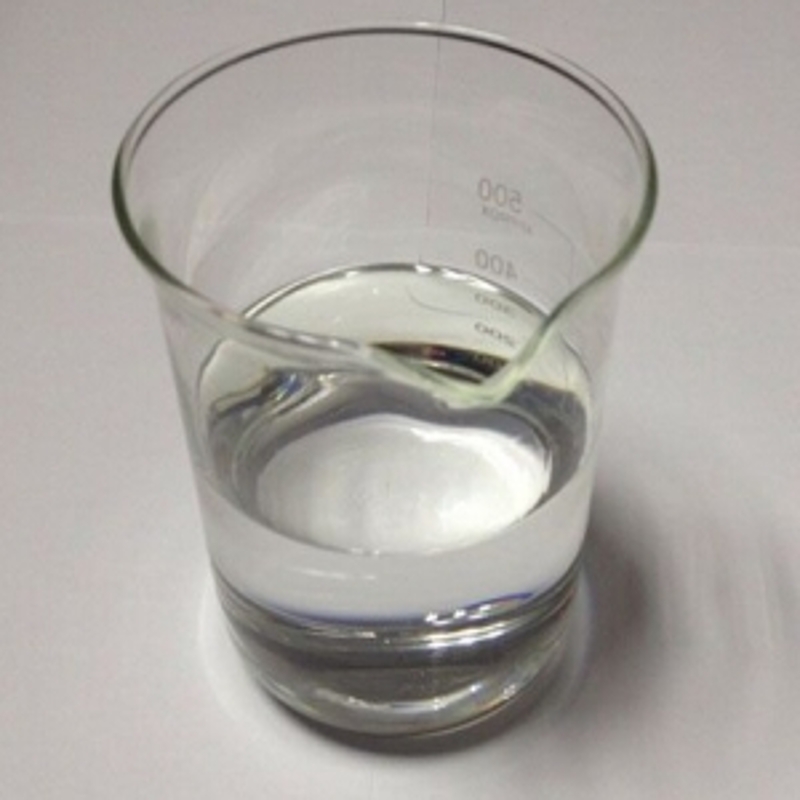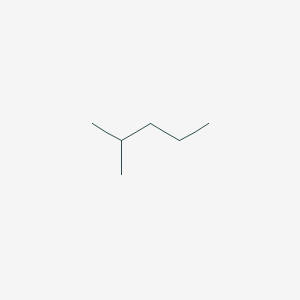-
Categories
-
Pharmaceutical Intermediates
-
Active Pharmaceutical Ingredients
-
Food Additives
- Industrial Coatings
- Agrochemicals
- Dyes and Pigments
- Surfactant
- Flavors and Fragrances
- Chemical Reagents
- Catalyst and Auxiliary
- Natural Products
- Inorganic Chemistry
-
Organic Chemistry
-
Biochemical Engineering
- Analytical Chemistry
- Cosmetic Ingredient
-
Pharmaceutical Intermediates
Promotion
ECHEMI Mall
Wholesale
Weekly Price
Exhibition
News
-
Trade Service
Author of this article: Xue Jing Song Qianqian Wang Xiaodan
Author unit: Petrochemical Research Institute of China National Petroleum Corporation
[Core reading] In order to achieve the goal of net zero emissions by 2050, bp proposed a "reshaping bp" plan, positioning the company's business in the three parts of "very competitive oil and gas business, low-carbon power and energy, convenient retail and mobile travel" , And formulated a more radical energy transition strategy.
A more radical low-carbon development strategy
bp believes that the energy transition is an inevitable trend in the global response to climate change and the development of various countries.
In addition, bp is also a loyal supporter of climate change and is committed to becoming a leader in the low-carbon field.
Spin off traditional petrochemical assets and optimize the oil and gas business structure
Withdraw investment from the traditional oil and gas sector.
The divestiture of the traditional oil and gas business not only optimizes asset allocation and reduces the unit production cost of upstream business by 24.
Quickly divest the chemical business.
Steadily develop natural gas business.
In recent years, BP has continuously increased its LNG production and investment efforts.
At the same time, bp continues to expand LNG supply channels.
Enthusiasm for renewable energy and continuously increase investment
Last year, BP’s investment in the low-carbon field was US$750 million, and it plans to increase to US$3 billion to US$4 billion in 2025 and to about US$5 billion in 2030.
Accelerate investment in renewable power business and implement electrification transformation.
Expand the wind power business and speed up the entry into the offshore wind power market.
It is estimated that by 2030, the installed capacity of bp renewable energy power generation will increase from the current 3.
Implement electrification and clean electricity to help achieve carbon emission reduction.
Focus on the terminal field and quickly enter the field of electric vehicles.
Focus on hydrogen energy business and establish market share goals.
In 2004, bp participated in my country’s first hydrogen fuel vehicle demonstration project, and in 2006, it cooperated with Beijing Tsingneng Huatong Company to build my country’s first hydrogen refueling station, including a variety of hydrogen production and hydrogen supply devices, as well as internal combustion engine vehicles.
It provides equipment for hydrogen and CNG mixed fuel.
The first phase is for outsourcing hydrogen and hydrogen refueling, and the second phase increases the hydrogen production by natural gas reforming in the station.
The hydrogen refueling station was officially put into use in November 2006.
It has refilled hydrogen fuel cell vehicles developed by Mercedes-Benz, Nissan, Hyundai, as well as Tsinghua University and Tongji University.
It also provided hydrogen refueling services for the hydrogen fuel cell fleet during the Beijing Olympics.
In 2020, bp signed a letter of intent for the large-scale production of green hydrogen in a refinery in northwestern Germany with Danish Wosch Energy.
It plans to use the green power of the North Sea Wind Farm by 2024 to produce green hydrogen through electrolysis of water.
Up to 9,000 tons/year, it can replace 20% of the ash hydrogen in the refinery.
In March of this year, bp announced that it will build a blue hydrogen production facility in the UK using natural gas and carbon recovered by carbon capture and storage (CCS) technology.
It plans to complete a production capacity of 500,000 kilowatts in 2027 and 1 GW by 2030.
Attach importance to carbon-negative raw materials and continue to develop biomass energy business.
bp is very optimistic about the application prospects of biomass energy in the energy field.
Many years ago, it has carried out forward-looking technology research on the utilization of biomass energy such as microalgae and cellulose.
Currently, bio-butanol, ethanol and sustainable aviation fuel are the main products of bp.
bp Bunge is the world's second largest biofuel company with a production capacity of 32 million tons per year.
It produces fuel ethanol and uses sugarcane residue for combined heat and power generation.
In 2020, it sold 1232 GWh of electricity to the Brazilian power grid.
bp invested in Fulcrum, a company that uses waste to produce sustainable aviation fuel.
Last year, it supplied sustainable aviation fuel at 18 airports in 6 countries.
It also established a strategic partnership with Qantas to cooperate with China Aviation Oil to develop sustainable aviation fuel in Southwest my country.
The aviation fuel business plans to account for 20% of global sustainable aviation fuel sales in 2030.
bp owns a bio-butanol fermentation plant in the UK with a capacity of 30,000 tons/year; it cooperates with Aria Energy to produce bio-natural gas, becoming one of the largest renewable natural gas suppliers in the U.
S.
transportation industry.
In addition, bp has developed the leading plastic recycling technology "bp Infinia", which uses chemical depolymerization to convert the currently difficult-to-recycle polyethylene terephthalate (PET) waste into brand new and pure-quality PET production raw materials.
.
In addition, Infinia technology is also committed to refining these monomers into recyclable purified terephthalic acid (PTA) and ethylene glycol (MEG), recycling the properties of products made with conventional hydrocarbons No difference.
Carry out terminal carbon negative business and actively contribute to carbon neutrality
Speed up the implementation of CCS and carbon capture, utilization and storage (CCUS) projects.
bp vigorously promotes terminal CCUS, on the one hand, advance deployment of negative carbon technology, such as developing methods to inject carbon dioxide into low-pressure hydrocarbon reservoirs or low-pressure aquifers, using carbon dioxide, sulfur dioxide, etc.
as oxidants to produce aromatic hydrocarbons, and using electrochemical reduction of carbon dioxide to reduce Carbon emission technology, etc.
; on the other hand, the implementation of a series of carbon capture plans, including the construction of a gas-fired power plant based on CCUS technology in the United Kingdom, and the implementation of a net-zero emission project in the Teesside area, and the supply of blue hydrogen while capturing 98% ( 2 million tons) of carbon dioxide to help a series of carbon-intensive companies decarbonize; and Eni, Equinor, National Grid, Shell, and Total jointly develop the offshore CCUS project in the North Sea of the United Kingdom, intending to store carbon dioxide on the seabed of the North Sea; and Papua In cooperation with the New Guinea government, it plans to build Tangguh LNG's first large-scale CCUS project.
Actively reserve carbon sink projects.
In September last year, bp signed a carbon sink procurement contract with China Yili Group to deepen the partnership between the two parties in China's certified emission reduction forestry projects; in the same year, it acquired a controlling stake in the US Forest Carbon Corporation, which owns 50 carbon emission projects.
, Has registered more than 70 million carbon offset projects; acquired Satelytics, a start-up company engaged in satellite data analysis, to accurately verify forest density remotely.
Currently, bp has stored more than 50 million tons of forest carbon sinks.
In addition, bp implemented the "Employee Carbon Compensation Program" in the United Kingdom, the United States and Germany, and last year offset 100,000 tons of carbon dioxide equivalent for employee carbon emissions and corporate air travel.
Pay attention to technology deployment and strengthen energy management
Advanced technology reserves facilitate rapid transformation.
bp has always attached importance to technological innovation and advanced reserves.
In the 1970s and 1980s, it began to explore alternative energy technologies such as solar energy, hydrogen energy, and biomass energy.
Even in the era of low oil prices and economic crisis, it still maintained a 0.
2% R&D investment intensity .
In recent years, as the focus of business has shifted, investments in low-carbon technologies, new energy technologies and disruptive digital technologies have been increased.
The newly established natural gas and low-carbon energy department focuses on the development of low-carbon, decarbonized businesses and new value chains, such as hydrogen energy and CCUS; the innovation and engineering department is responsible for promoting the company’s venture capital business and rapid startup of investment projects, and is committed to mining Disruptive innovation opportunities and value creation.
Process optimization helps improve the efficiency of energy resource utilization.
bp focuses on the management of carbon emissions during operations, and reduces carbon emissions by improving energy efficiency, reducing combustion and managing methane.
As early as 1997, bp actively promoted the "Green Office" plan, aiming to save energy, increase the recycling rate of materials, and reduce waste, water and paper consumption, and use Johnson control systems to monitor and manage its operating efficiency.
In 2003, bp had 17 “green offices” with a recycling rate of 43%, which was close to the global model German city recycling rate.
After the implementation of the "Green Office" plan, within 5 years, bp paper consumption and energy consumption have been reduced by 81% and 47% respectively, and landfill waste has been reduced by 85% over the same period.
Last year, bp reduced total hydrocarbon emissions from 1.
4 million tons of carbon dioxide equivalent in 2019 to 800,000 tons of carbon dioxide equivalent by reducing torch burning; by optimizing the operation efficiency of pumps in offshore facilities in Azerbaijan, Georgia, and Turkey, reducing carbon dioxide emissions by 55,000 tons Equivalent: Install exhaust gas treatment devices at the Rotterdam refinery to recover liquefied petroleum gas (LPG) from the fuel as fuel, reducing emissions by 8,000 tons of carbon dioxide equivalent.
Digital technology helps improve management efficiency.
bp attaches great importance to digital technology.
In 2017, it proposed to become a leader in digital upstream and establish ARGUS, a repository of all operating well history and real-time drilling data.
The APEX system optimizes production and the VERTEX system optimizes upstream facilities to predict equipment failures.
It also intervened in advance and realized nearly $1 billion in gains.
In 2018, a smarter, more efficient and sustainable energy system was built.
In 2019, relying on supercomputing and using a few weeks to accurately discover 1 billion barrels of oil reserves in the Thunder Horse oil field in the Gulf of Mexico.
In order to identify and manage methane emissions more quickly and accurately, bp conducts a global assessment of the flare flowmeters of its production facilities, and uses the latest computational fluid dynamics and spectral radiation measurement techniques to test the combustion efficiency of the flare and perform predictive analysis, which greatly improves energy Management efficiency.
In addition, the back-office department uses robotic processes to automate; the Clair Airport in the western Shetland Islands uses drones equipped with advanced sensors to read data; establishes the unmanned platform Cypre off the coast of Trinidad and Tobago; % Of digital assets are placed in the cloud, and plans to invest 1.
5 billion US dollars in operating digital assets by 2025.







